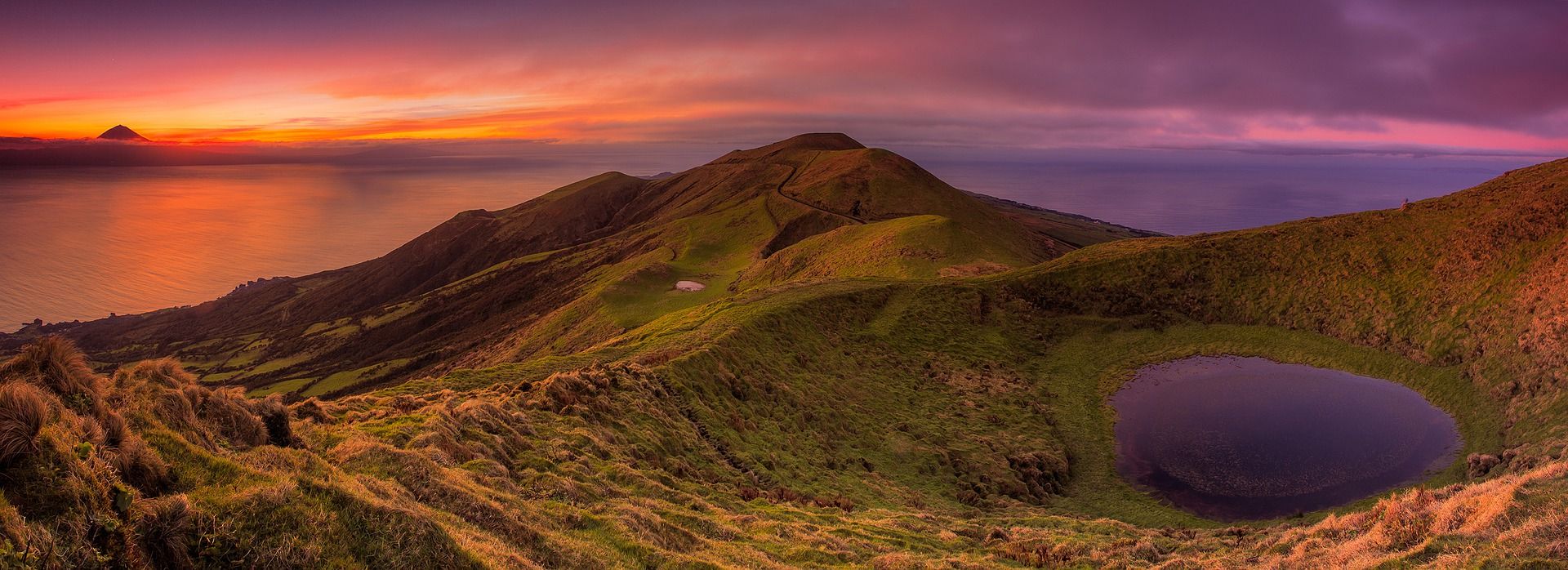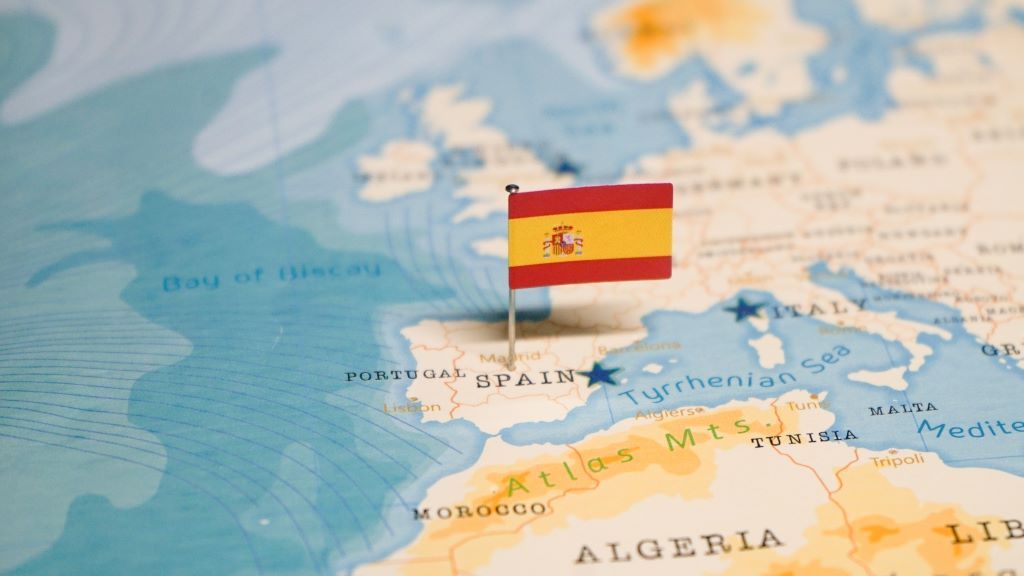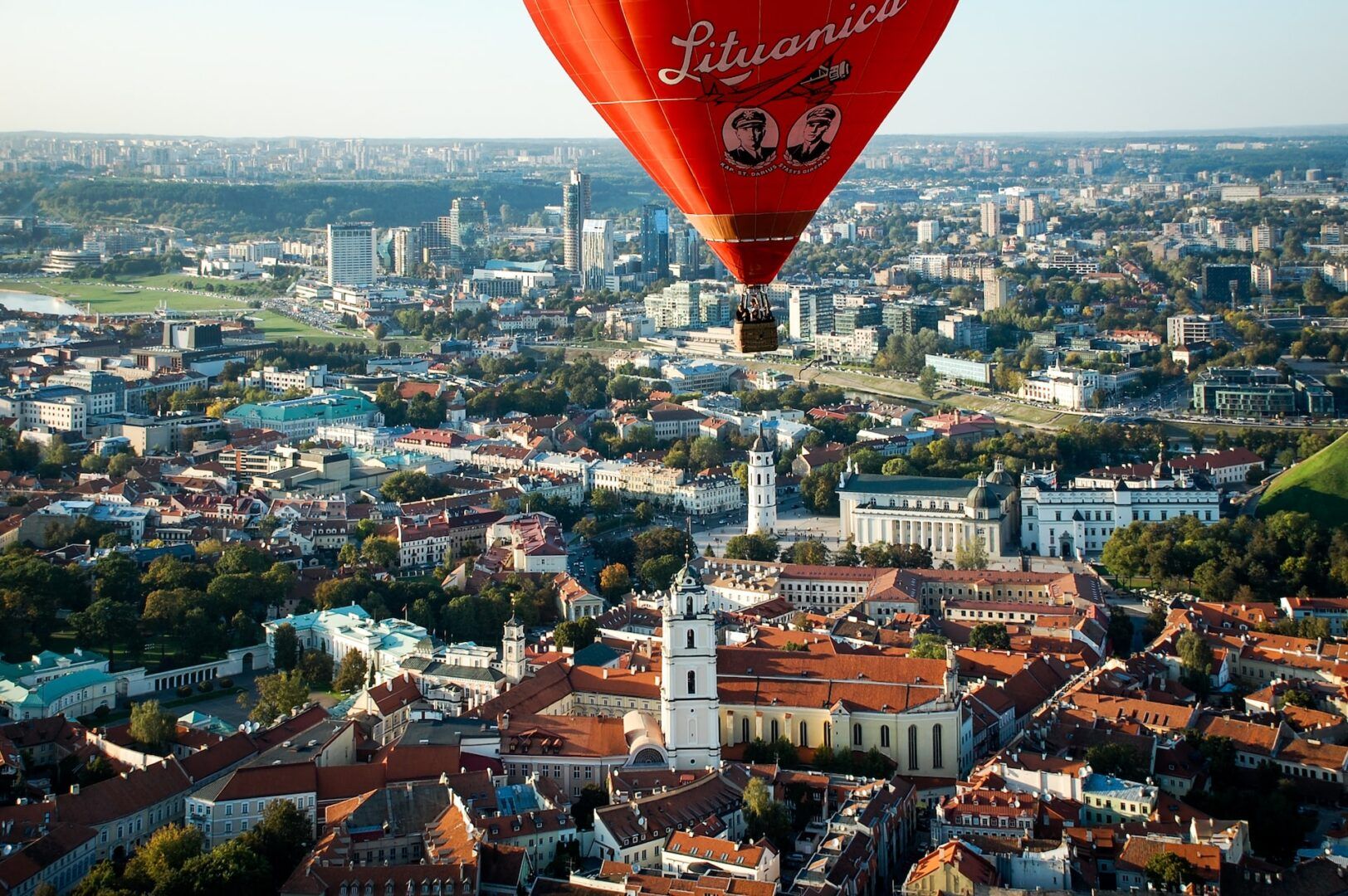

If you’re looking for a city that combines history, culture and fun, then this is ideal for you. Discover all the places to visit in Vilnius and its main attractions with us.
A vibrant and contemporary capital characterised by a somewhat intangible charm making it even more intriguing. Vilnius has made giant strides since the early 1990s, when a small, courageous Lithuania was one of the first Eastern bloc nations to shake off the oppression from the former USSR.
The Lithuanian capital is now a spritely, lively and enthusiastically dynamic city with an increasingly contemporary and European perspective. In our opinion (and also probably yours, given that you are here), it makes the perfect destination for an entertaining trip to the Old Continent!
Often underestimated, Vilnius is the result of temporal stratifications, vicissitudes and plots that have shaped an elusive but accessible and lively city, animated by a prestigious artistic panorama and overflowing with high-level cultural institutions.
Almost entirely pedestrianised, Vilnius’ downtown has been included in the list of World Heritage Sites protected by UNESCO since 1994. Despite the rather turbulent history and a succession of wars, fires, lootings plus a handful of military occupations, the old city (Senamiestis in Lithuanian) has preserved its exquisitely medieval structure, characterised by irregular blocks and narrow streets that open onto wide squares with overlooking historical buildings ranging from Baroque to neoclassical, and from Gothic to Renaissance.
The medieval centre is easily walkable and winds between Cathedral square and the town hall, the Jewish quarter and the so-called independent republic of Užupis, covering an area of merely three square kilometres.
Here is our list of the best places to visit in Vilnius!
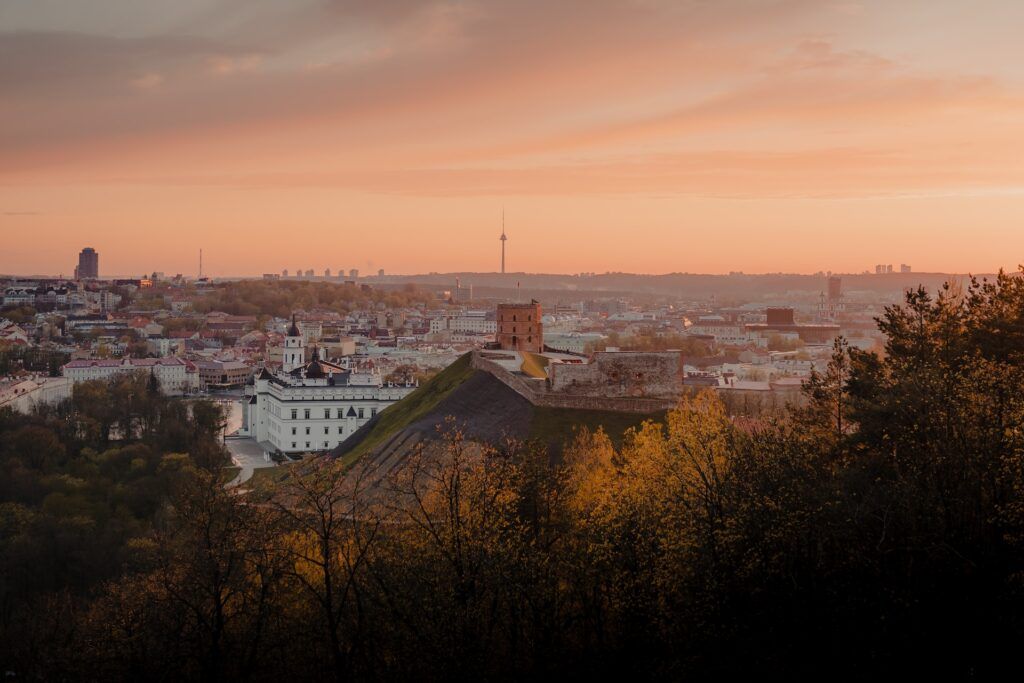
Užupis
A small architectural gem, Užupis is a bohemian district snuggled into an eastern meander of the Vilnia River. It was proclaimed an independent republic in 1997, in the wake of other analogous experiences, such as Montmartre in Paris and the Free City of Christiania in the Danish city of Copenhagen.
Connected to the rest of the old city by seven bridges, the Užupis district includes the Bernardine monastery, among the first in Lithuania, the sculpture of the Angel Gabriel in the main square and the iconic bronze mermaid made by the Lithuanian sculptor Romas Vilčiauskas. This has become the district’s symbol and occupies a special niche on the Vilnia embankment. The river is flanked by buildings embellished with suggestive murals, graffiti and peculiar artistic installations. Following a period of decay that began at the end of the Second World War, the district was reborn in the 1990s thanks to an intense redevelopment process that saw the birth of art galleries, artists’ workshops and cafes, blossoming until becoming one of Vilnius’s symbols. In short, you cannot skip a stop here!
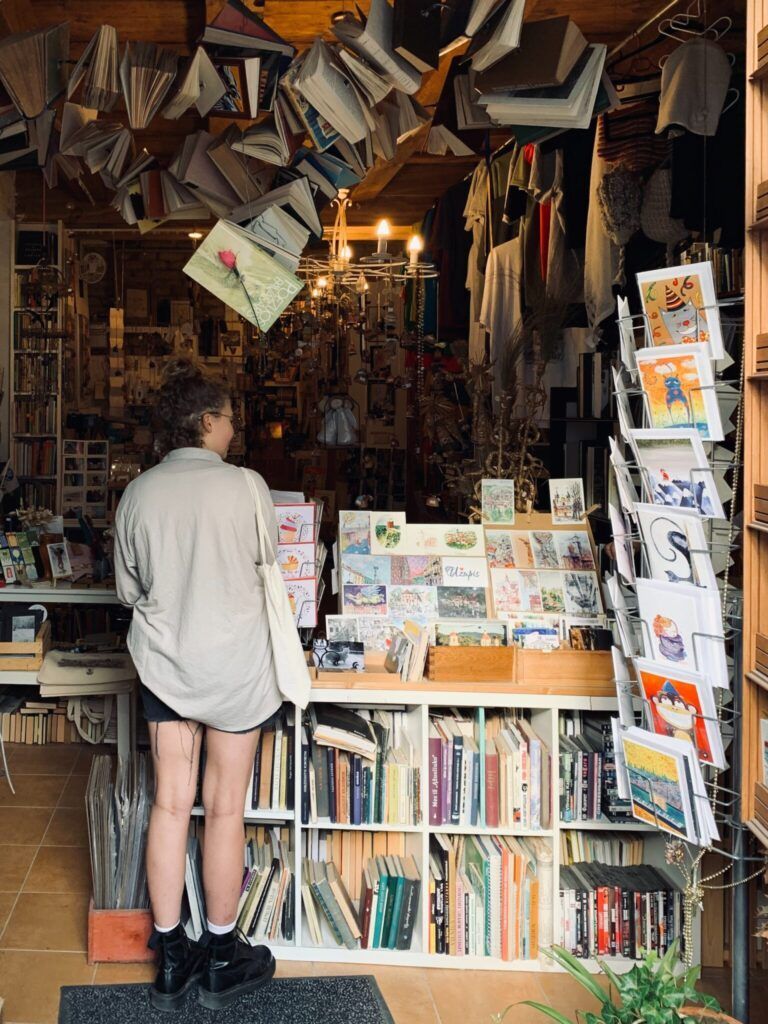
Vilnius Cathedral
Dedicated to Saints Stanislaus and Ladislaus, the majestic neoclassical Vilnius Cathedral was erected towards the end of the 18th century. It boasts the Chapel of San Casimir, an exquisite specimen of Baroque art, with a triumph of frescoes and polychrome marbles. To admire an extraordinary view of the Lithuanian capital, we suggest climbing to the top of the adjacent bell tower, among the tallest buildings in the city.
In the square between the church and the bell tower, there is a small stone slab that bears the inscription Stebuklas. Legend has it that by walking around this same three times, you can express a wish or even ask for a miracle. In the local dialect, Stebukla means a miracle, and this stone represents the symbolic point where the citizens formed a long human chain in protest against the Soviet occupation in 1989. If you have a wish that you want to come true, then include the Cathedral in your list of places to visit in Vilnius: you heard it first from us!
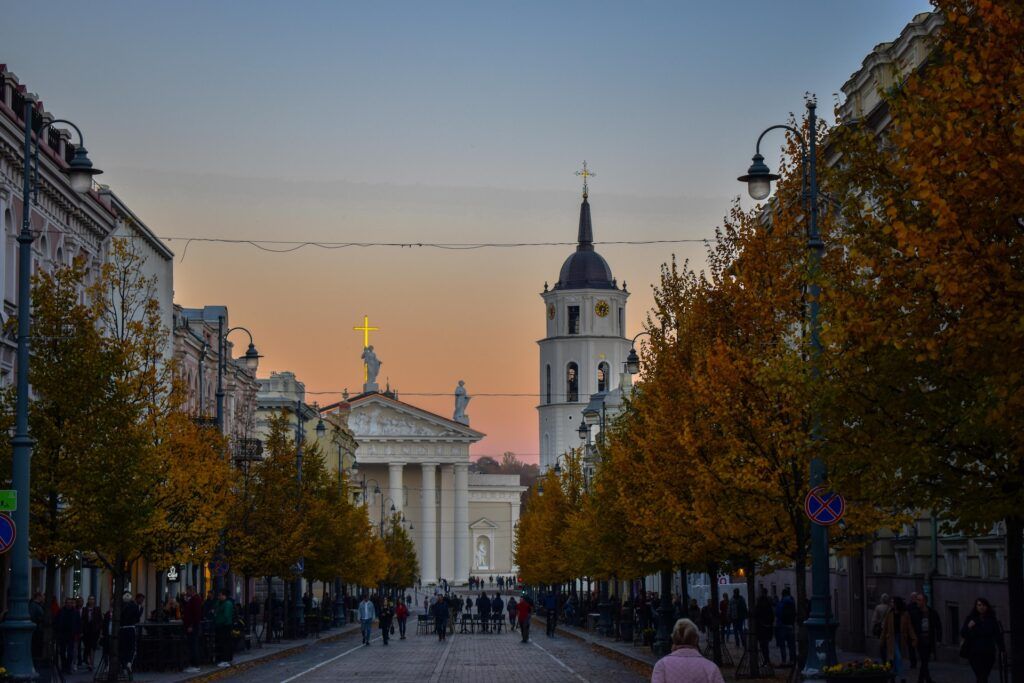
Saint Anne’s Church
On the western bank of Vilna, a tiny distance from the Cathedral is the captivating Church of Saint Anne in flamboyant Gothic style. It dates back to the late fifteenth century and is dedicated to Ona, Grand Duchess of Lithuania and wife to Vytautas the Great.
Featuring elongated arches, a series of soaring spires, large polychrome windows and an elaborate exterior cladding of assorted red bricks, the Church of Saint Anna is among the most appreciated attractions in the Lithuanian capital. It is said that during the Russian Campaign, Napoleon Bonaparte expressed the will to take it back to Paris in the palm of his hand upon seeing this building. What can I say? Maybe this wasn’t the little megalomaniac leader’s best moment, but this church is so beautiful that you can hardly blame him. Don’t you agree? See for yourself when you are in Vilnius. You will be mesmerised by it.
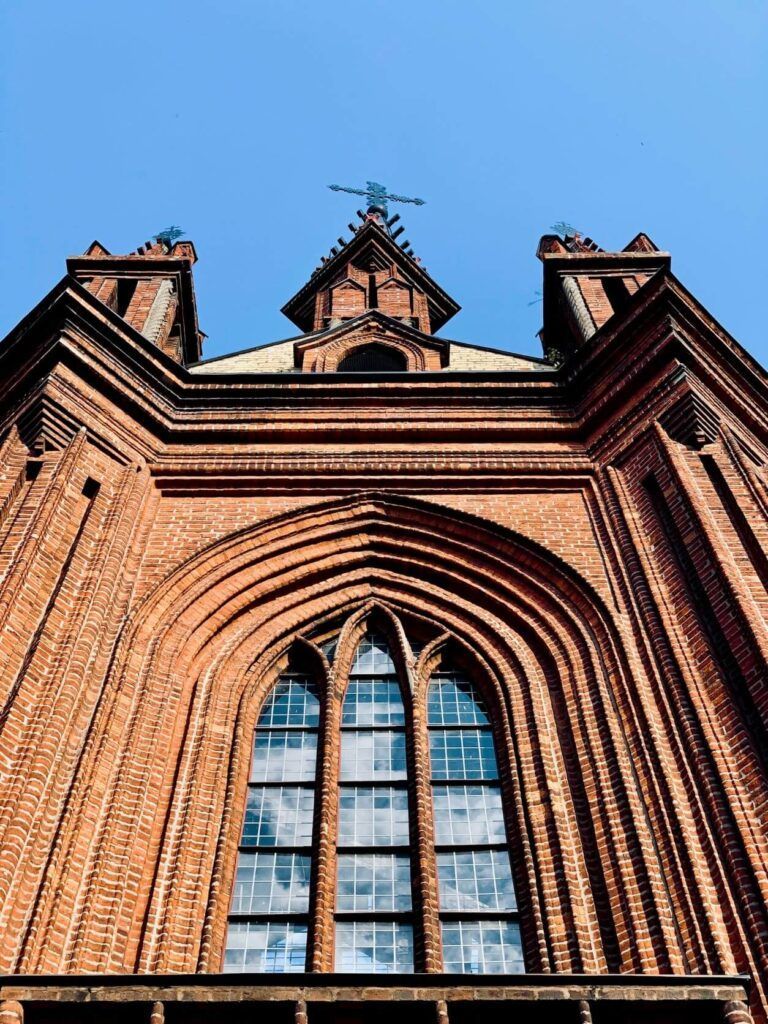
Vilnius Castle, Gediminas Tower and Bernardinai Garden
The ancient city of Vilnius was founded on the Hill of Gediminas. You can still get here by funicular or along a stone staircase. Once here, you can admire the Tower of Gediminas, now home to an archaeological museum, and what remains of Vilnius Castle dating back to the 9th century. The Tower is one of the city’s trendiest monuments (considering that it is also represented on local coins) and a list of places to visit in Vilnius cannot be deemed complete without a stop here.
In the area where folklore says a sacred forest once stood, you can now visit a lush and verdant public park, the Bernardinai Garden (formerly Sereikiškės Park), near the castle. This is a minute city park that deserves a place of honour among the things to do in Vilnius.
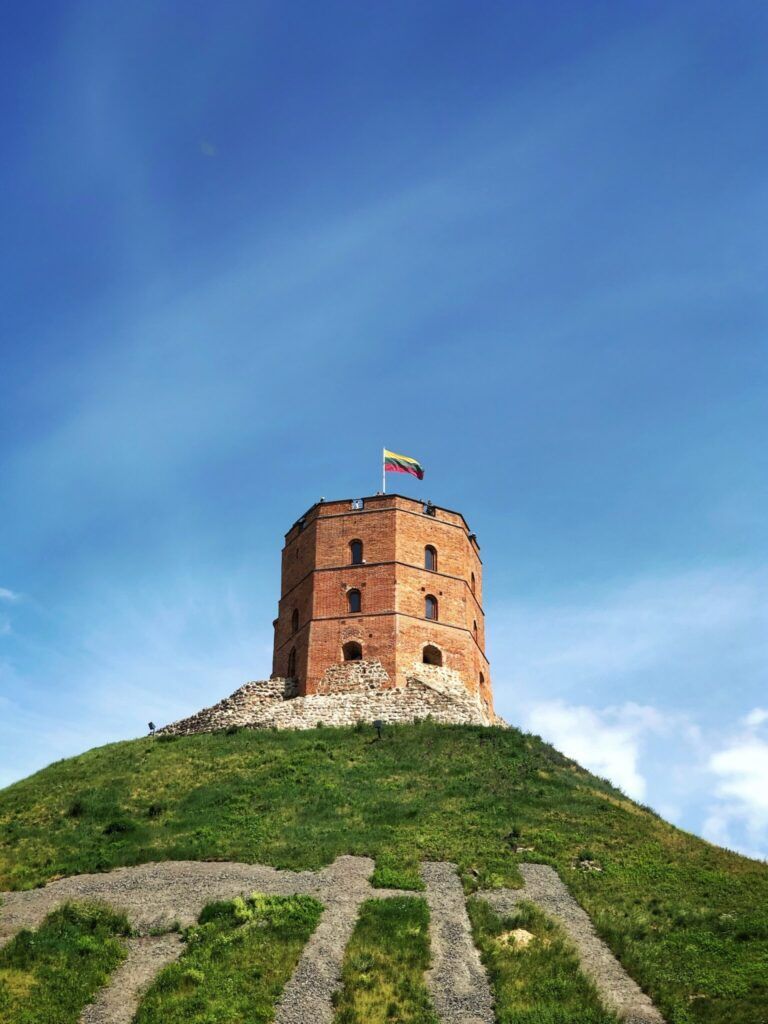
Vilnius Jewish Quarter and Vilnius University
Prior to 1941, the city of Vilnius was known for its sturdy Jewish presence, earning the nickname Jerusalem of Lithuania. Unfortunately, there isn’t much that remains of the affluent Jewish quarter, annihilated firstly by the war and then the Soviets, but some characteristic glimpses reveal the city’s vibrant Jewish history and its strong cultural and intellectual influence. Of the original buildings, you can admire the Moorish-style Choral Synagogue, while the Jewish National Museum and the Centre for Tolerance have been built in recent times. Following Lithuanian independence, the district experienced a partial revival, thanks also to its proximity to the University, attended by numerous youths.
Built in the second half of the sixteenth century and long directed by the Jesuit Order, the University of Vilnius is worth a visit just to admire its unusual architectural structure, with a concatenation of courts, one different from the other. A special mention goes to the University of Vilnius’ library, which houses over 5 million texts.
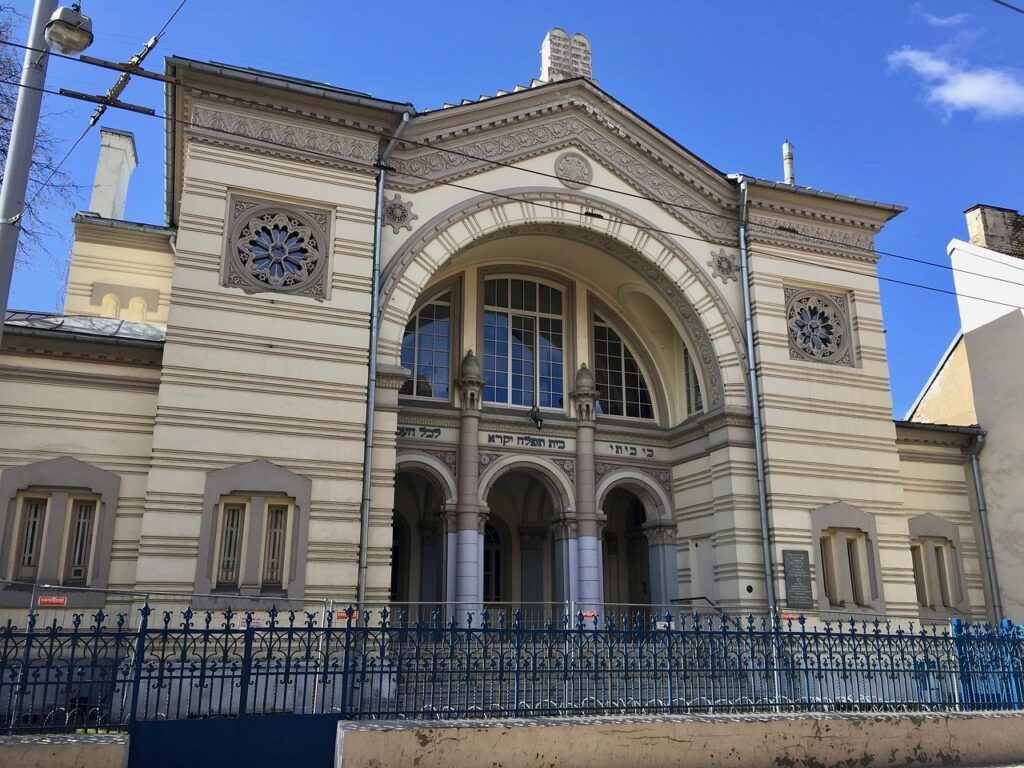
Museum of Genocide Victims
In the former headquarters of the KGB (Komitet Gosudarstvennoj Bezopasnosti), the political police of the Soviet regime, the Museum of Genocide Victims was set up in 1992, following the proclamation of Lithuanian independence. Originally a court back in 1899 when it was erected, this building has housed emissaries of the German Empire, the Lithuanian army, the Gestapo and the KGB within its walls.
Today, the museum traces the painful history of the country’s anti-Soviet resistance, taking you to the basements where prisons, detention cells and rooms once used for interrogation, torture and executions are located. In this last room, under a glass floor, the objects belonging to the buried Tuskulénai prisoners were collected. Inside the museum, there are several temporary exhibitions that you can access with a single ticket. It is a stage with a strong emotional impact, but in our opinion, it cannot be missed, because it lets you discover the history of this small but courageous country.
Palace of the Grand Dukes of Lithuania
Built in the 15th century, the Palace of the Grand Dukes of Lithuania originally housed the rulers of the Grand Duchy. Later was adopted by the kings of Poland. For four centuries, the Palace has been the centre of the city’s political, administrative and cultural life. Demolished in the early 1800s, it was entirely rebuilt following a controversial 2001 decision by the Lithuanian Parliament and Government. Reopened partially in 2013 and 2018, the Palace of the Grand Dukes of Lithuania has since become home to the National Museum and houses an interesting collection of period artefacts.
It is a very suggestive place in the heart of the historic centre of Vilnius. Consider that the city’s first settlement was located right here. To discover all this fascinating Palace’s splendour, we recommend visiting both permanent and temporary exhibitions. For us, it is definitely one of the places to visit in Vilnius!
What to visit in Vilnius and its surroundings
Approximately half an hour’s walk east of the city centre passing through the Gediminas Tower you reach one of the most evocative attractions of the Lithuanian capital, the Hill of Three Crosses, within Kalnai Park. According to the local legend, seven Franciscan friars were beheaded on top of this hill. Another seven were tied to wooden crosses and thrown into the Vilnia River. The three imposing crosses were made in the 17th century in memory of this martyrdom. The monument is free of charge and can be visited at any time of the day.
Vilnius is also a convenient starting point to explore the surrounding places, including Trakai, a picturesque town about thirty kilometres from the capital. It is reachable by public transport or, as many enthusiasts like doing, by bicycle. Here you can visit one of the most Instagrammable and best-preserved castles in the entire nation. This is none other than the Trakai Island Castle with its characteristic red brick watchtowers. It stands on an islet of Lake Galvé, reachable by crossing a small extremely striking bridge. The only manor house on water in Eastern Europe and absolutely worth a visit.
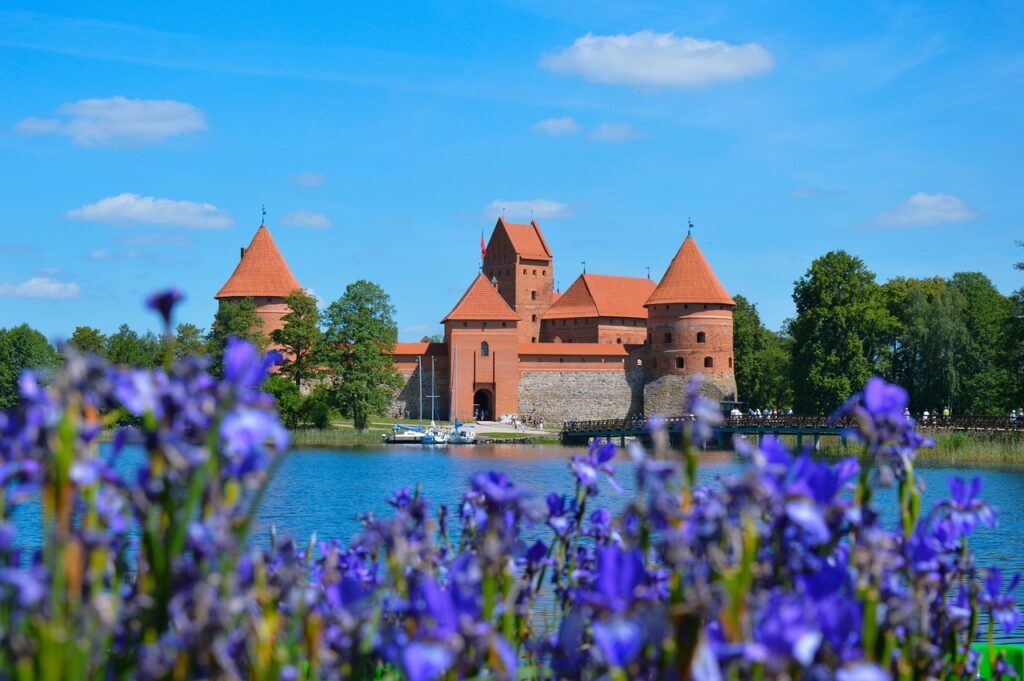
What to eat in Vilnius
Surprise! It’s not just that there are loads of places to visit in Vilnius. There are also tons of things to eat! Lithuanian cuisine blends Scandinavian, Polish, Turkish and German influences, with ofttimes surprising results.
Potatoes are the protagonists of numerous typical dishes, including:
- cepelinai, delicious potato meatballs with a rounded shape filled with meat and seasoned with lard, cream and cheese. They are vaguely reminiscent of the canederli of South Tyrolean cuisine;
- vėdarai, tasty chopped potato sausages stuffed with pork;
- kugelis, a delicious potato-based casserole with pork.
Polish domination is also experienced at the table, with koldūnai, dumplings stuffed with meat, blueberries, vegetables and cheeses. We also recommend trying kibinai, Turkish-influenced, small puff pastry panzerotti stuffed with meat and various aromas. You can also sample tasty vegetarian versions with mushrooms and cheese.
A typical Lithuanian sausage is the skilandis, made with pork, salt and spices inside a pork bladder. There is no shortage of soups, among which the unpronounceable šaltibarščiai stands out. This is literally cold beet broth, another dish of Polish derivation to be consumed with a side of boiled potatoes, boiled eggs, kefir, cucumbers and onions. Its hot variant is known as burokėlių sriuba and is generally served with sour cream.
When to visit Vilnius and other useful information
The best period for a trip to Vilnius is from May to September. In spring and summer, the climate is very pleasant, with temperatures rarely exceeding 30 degrees even during the hottest months. Despite the fairytale atmosphere that blankets the city when it is snow-covered, the climate is extremely harsh in the winter months, with short days and the risk that bad weather that would hinder even a simple walk.
Moving onto other useful information to plan your next trip to Vilnius:
- Lithuania joined the Eurozone in 2015 and the single currency replaced the Lithuanian litas.
- Vilnius’ time zone is EET, i.e. GMT +2.00.
- The Lithuanian capital has an excellent panorama of international connections. It is connected to the main Italian and European cities with direct, cheap and in most cases rather frequent flights. Vilnius International Airport (VNO) is located 5 kilometres south of the city. It is a modern and ever-growing stopover, that witnesses increasing numbers of travellers from all over Europe, eager to explore the wonders of the capital. Equipped with good facilities, including ATMs, exchange counters, a tourist office and luggage storage, the airport is the hub of the Lithuanian companies Avion Express, GetJet and Airhub Airlines. It is also the base of the low-cost airlines Ryanair and Wizz Air. It was precisely the opening of routes with Vilnius of the main low-cost airlines that led to an exponential increase in passenger traffic in recent years. The airport is connected directly to the city by a practical metro railway.
Group trip to the Baltic States with a stop in Vilnius
Vilnius is the last stop on the eight-day tour reserved exclusively for WeRoaders, departing from Tallinn, Estonia’s eclectic capital. The itinerary includes a visit to the Finnish capital Helsinki. It continues with a two-day stay in Riga, the beautiful capital of Latvia, and concludes in Vilnius. Now that you know all the places to visit in Vilnius, do you fancy setting off with us? Discover all the details of our All-Around Baltic Republics tour: Tallinn, Riga and Vilnius!

